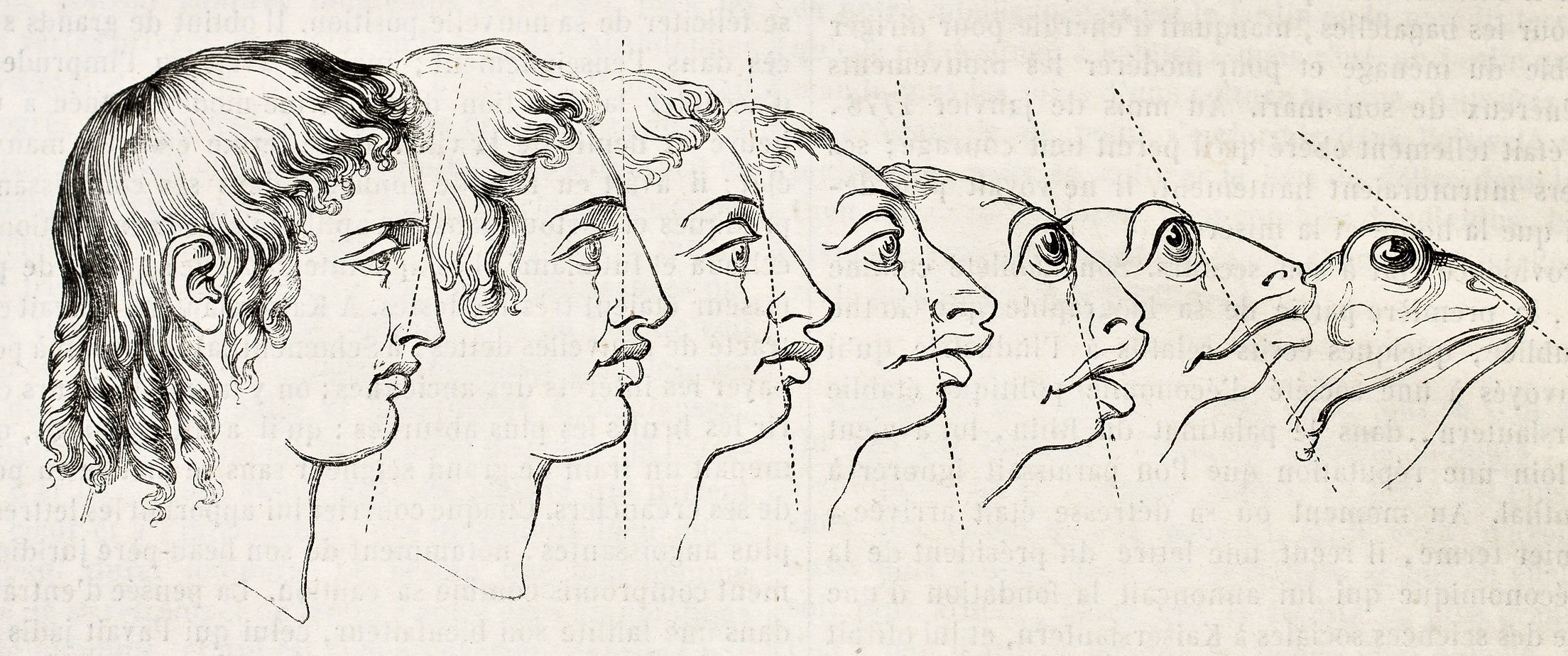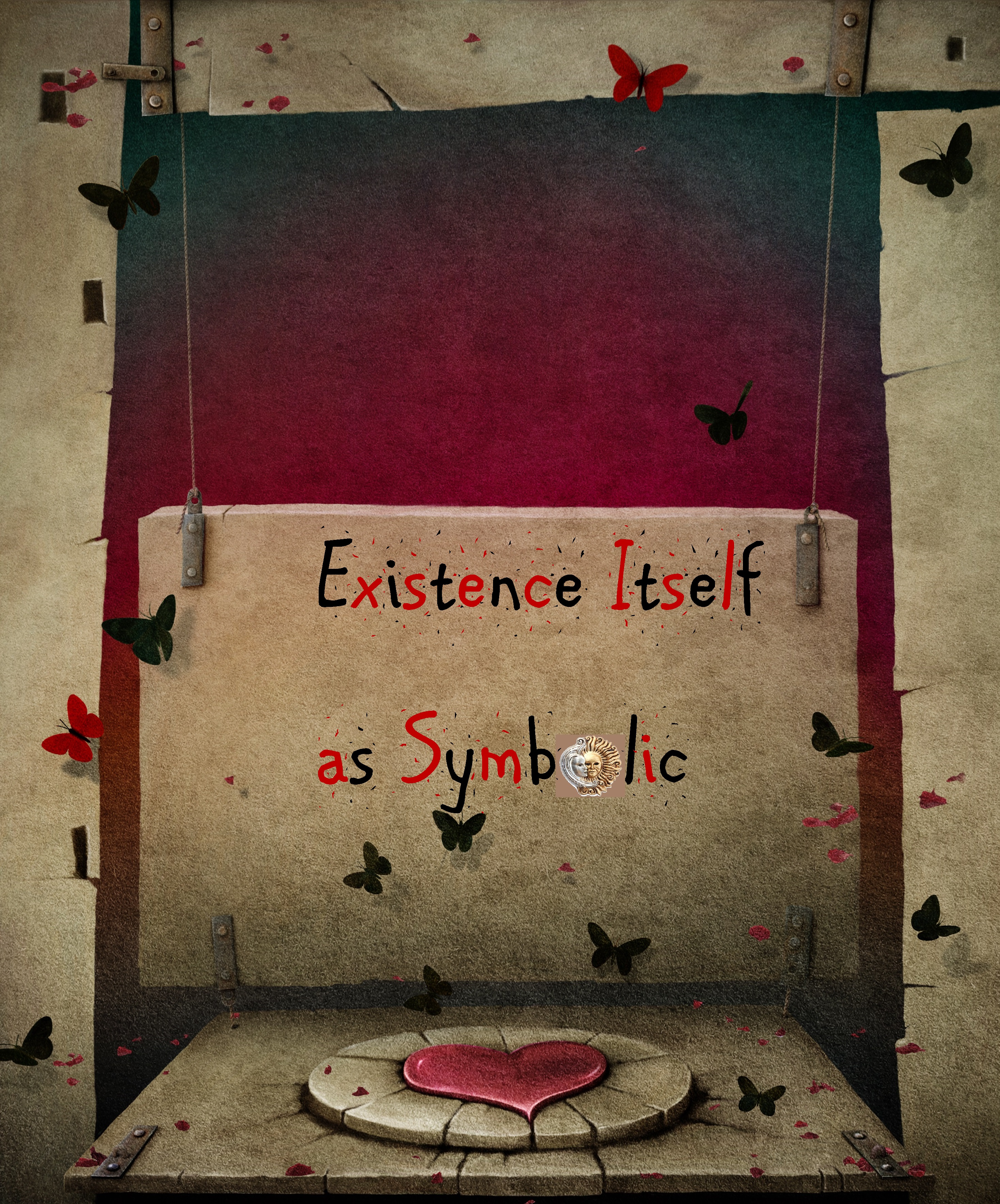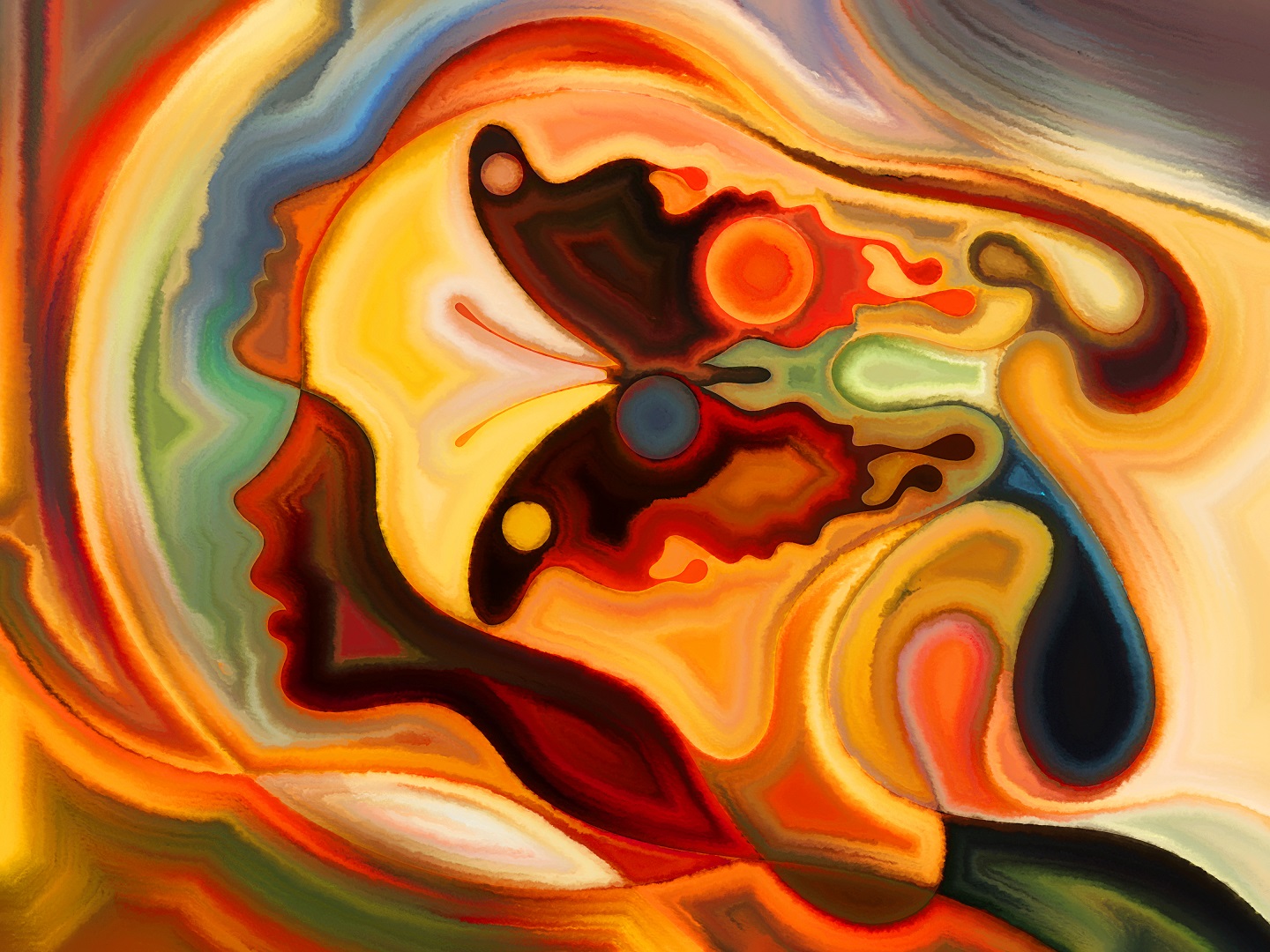
The sciences endeavour to reach some kind of consensual understanding regarding our origins, constitution, limitations, and the projected outcome of our targeted behaviours on both the personal and collective levels. When I think of true science, I think of an aesthetic Gaea-based empirical philosophy mediated by the politic of unbiased observation, a process of critical inquiry that resists an overwhelming urge to divorce phenomena from the greater cosmos and understand them in mechanistic and reductive terms, and aggressive investigations carried out in artificial or natural settings where mutuality and symbiosis take precedence over hierarchy and competition.
Unfortunately this beneficent, amicable kind of science clashes with the promotion of empire-building and ego-stroking in the industrialized West, invoking an unabashed encounter with ethics and morals that most would prefer to circumvent. When it comes to Homo sapiens, it seems that self-worth, personal recognition, and accolades take precedence over the interests of the collective, even over the welfare of our Planet Earth. There is no room for sharing, I-rub-your-back-you-rub-mine sentiments, amorous professions of gratitude for the contributions of another, and over-identification with peers in a Darwinian tundra where only the brightest, fittest, and most willing to assassinate and trample all over like-minded others are held in any esteem. A casual visit to the laboratory of any reputed research institute seeking to make important discoveries in the biomedical sciences will swiftly confirm this. Thus far Gaea-based empiricism exists as a utopian desire in the imagination of the thoughtful minority, and from the looks of things is destined to remain there for a while yet.
Irrespective of discipline each science begins its lifecycle as an immature and tentative paradigm loosely held together by a set of assumptions. These assumptions or principles are interlinked, always take root from the socio-cultural milieus of the epoch, and almost always embody opposing viewpoints to the collective imperative in the manner through which absolute knowledge of nature is ascertained. There may or may not be consensus on their legitimacy and feasibility, however over time they come to be accepted as absolute truth. Two that are native to our modern classification of reality are the ideas of three-dimensional space and causation. The first is a sixteenth-century artefact birthed in the mind of German mathematician Johannes Kepler (1571-1630) who deduced that the triune aspect of the Godhead translated across to all dimensions of existence; the second was a dualistic Cartesian inference [made by none other than French philosopher Rene Descartes (1596-1650)] attributing the immutability and rational nature of the Christian Godhead to natural phenomena in the physical world. All our scientific endeavours since that time, in fact the entire evolution of physics from a particle-based [classical] to a frequency-based [quantum] science, proceeds from these two fundamental justifications.
After a generation of brilliant theorists lay the foundations of this ‘new science’, a subsequent generation of researchers conditioned to accept wholesale the formative premises of their predecessors will conduct their experimentations and extrapolations according to the existing framework, utterly unconscious of the fact that they’re doing so. Over protracted periods, their quantitative methods churn up empirical observations that are either apathetic or incompatible with the prevailing paradigm, strengthening the resolve of the churning counterculture. While the sturdiest supporters of the traditional view will remain unnerved and continue attributing the anomalies either to designs with poor experimental controls, misperceptions, or experimenter biases, the more discerning and open-minded minority will perceive these rogue facts as painstaking limitations of the reigning paradigm. Eventually a wave of innovative thinking instigated at the hand of its chief detractors spurs a creative kinesis known as a scientific revolution from whence a new, more comprehensive paradigm is cognized and accepted. All subsequent research objectives are orientated within the new paradigm, and the cycle repeats.
Now let’s utilize this model to give a step-by-step explanation of how soul and body, or mind and matter, decoupled during the scientific revolution of the Early Modern Period. Plato initiated dualistic thinking by suggesting a differentiation between soul and body. After that time, the ideal that spirit animated matter formed an intrinsic component of the prevailing scientific beliefs of the dominant culture. Ever since the heterogeneous group of religious and philosophical writings of the Corpus Hermeticum implicated the human mind as an embodied aspect of the Divine Mind or Nous, the collective imperative of late antiquity, the Early Middle Ages, and the Renaissance was contented to regard humanity as the intercessor between the wholly divine or transcendent and the physical, ephemeral realms. Pre-industrialized societies believed that various dimensions, the spiritual, emotional, and physical, all emanated from the Divine Mind, differed in density, and could be found united in humans. The latter was a pivotal factor in determining the collective morale because it separated humans from the rest of created nature, bequeathing to them a cherished and privileged position in God’s creation. Its obvious compatibility with the Machiavellian machinations of the Catholic Church made it the only adequate vehicle through which bishops, priests, and aspiring scholars could fathom cosmic geography. Sadly its fanatical petitioning by dogmatists with an axe to grind culminated in some rather wild extrapolations about the nature of the cosmos, such as a geocentric model for the solar system. Despite the early reformations to cosmogony, soul and body remained united in a world teaming with disembodied spirits, supernatural agencies, and the eminence of God.
But then, during a most productive period branded by modern historians of science as the Scientific Revolution (1550-1700), there was an abrupt shift in the nature of critical inquiry–Nicolaus Copernicus (1473-1543) rationalized his celestial observations in terms of a heliocentric model, Kepler used detailed observations of the planetary orbits made with a telescope to justify this new model, Galileo Galilei (1564-1642) described planetary mechanics in mathematical and geometrical terms that did not require the invocation of occult or vital forces, and Isaac Newton (1642-1727) consolidated this more mechanistic method of knowing by proposing his law of universal gravitation. Newton came up with some pretty convincing descriptions of how gravity and motion worked in a fluid and stable universe, planetary mechanics, the colour spectrum comprising light, and the nature of the earthly tides. Predicated in the colossal Philosophiae Naturalis Principia Mathematica (1687) or The Mathematical Principles of Natural Philosophy in English, these principles became the formative assumptions of classical science.
Of course much of the conceptual groundwork for classical science had already been done beforehand by Descartes and Galileo. Echoing the Neoplatonic theory of matter as four elements with primary [hot, cold, dry, and moist] and secondary [soft, hard, sweet, and sour] qualities, Galileo had rationalized a new theory compartmentalizing the qualities of matter according to whether or not they lent themselves to quantification; primary qualities consisted of motion, weight, and size, indeed all that was impersonal, objective, and measurable, while secondary qualities encompassed some of its more subjective aspects like heat, taste, and colour. Primary qualities formed an impartial nexus delineating phenomena independent of the perceptive field of an observer, and could thus contribute to the consolidation of knowledge about the natural world. Secondary qualities, on the other hand, were unsuitable for such purposes because they belonged to the transient stream of the mental world.
Descartes entered into communion with this new manner of understanding the world by positing a clear distinction between mind which embodied deliberate activity, and matter, the authentic stamp of involuntary activity. Our world could now be perceived through the kaleidoscope of dualism. The swift leap in the manner of encountering the universe led to an absolute restructuring of what was deemed tenable and rational, what constituted absolute knowledge, and what processes were deemed pertinent and adequate in the cultivation of such knowledge. Further still the invention of the microscope in 1590 placed the philosophical quartet of determinism[1], materialism[2], positivism[3], and atomism[4] squarely within the dominant culture; determining the mechanisms of action behind primary, real phenomena and predicting their future orientation involved a step-by-step process of dissecting, observing infrastructure and anatomy, and making shrewd deductions about cause-and-effect based on local interactions amid the sum of its parts.
Because the new science could only pass judgements with enumeration and quantification, anything remotely qualitative–symbolic correspondences between objects and persons, aesthetics, ethical sensibility, values, feelings, emotions, mentation, soul, spirit, consciousness, living systems of transformation, and the like–became imperceptible and hence non-existent. As the authority of the Catholic Church receded into the western horizon, so too were individuals and groups relieved of the imposed Adamic burden of upholding righteousness and ameliorating ancestral sins. Under the auspices of the new impartial science, they could reclaim ancient birthrights allowing them to make of art, society, music, history, industrialization, socio-economic burdens, and technological necessities what they pleased. [The final appraisal of this development must be left to the discretion of the reader. Lest we forget that liberal democratic systems of governance birthed through the impersonal shadow cast by our ‘normal science’ has allowed the diabolical mind to exploit the handicapped and disenfranchised minorities.] Existential philosophy was born, gifting the freedom to create and find meaning, value, and ethical sensibility in places that had been decreed anathema by the church. There was also a shift in the meaning of ‘centre’; whereas formerly it had incorporated qualitative and quantitative measures and multiple ontologies, now it was to be understood as the matrix of atomic structure alone. There was only one reality, the physical or physiological. The occult, the animistic, and the holistic paradigm that had reigned supreme during the Renaissance suddenly found itself without dignity and worth, cast out of scientific discourse like a purpled fruit. Mother Nature awoke to find herself fallen and disenchanted.
Now conditions were rife for the permanent division of the secular and scientific from the religious and supernatural, establishing a dualistic schema much more comprehensible to our contemporary minds. Undisputed authority over the physical world, everything real, was bestowed to science and the rest, the speculative and illusory world of mental images, to religion and philosophy. This shattering of the esoteric trope led to the seventeenth century divorce of chemistry from alchemy, astronomy from astrology, and of atomic-based medicine from the more primordial systems of magical healing. With the inception of this new rationalism (i.e. the Age of Reason), it was respectable for scientific thinkers and philosophers to busy themselves investigating the properties of atoms and chemical reactions but not with processes that involved the authentication of metallic transmutation, spagyrics, and the isolation of vital life forces; it was reputable to petition abstract mathematical reasoning in understanding the physical laws confining planets and other celestial bodies to orbits but not to use the former as a means of determining the composition of human character and the nature of future events; and it was respectable to seek out invading pathogens in determining the sudden loss of somatic health rather than attributing causes for disease to supernatural agencies and then administering prescriptions of metal colloids and prayers to remedy the problem. The usurpation of a holistic and meaningful science for a reductionist one was almost complete.
The eighteenth century bore witness to great advances in evolutionary theory, inadvertently ejecting the omniscient God from his eternal kingdom and depriving humans of their rightful share in that divinity. As it turns out the coherent idea that life forms underwent transmutation from simple to more complex organisms through adaptive mechanisms at work in the environment was not original to Charles Darwin and his theory of natural selection. It was actually present in proto-biological discourse as early as 1809 in the guise of Lamarck’s “transmutation” theory which attempted to determine how the operation of natural laws might be reconciled with a divine intelligence indifferent to its creative endeavours. What the ingenius Darwin did was to bring something completely new to the table; founded upon a succession of sound geographical and geological observations, Darwin noted that the contemporaneous form of nature was biased towards the expression of phenotypic designs that maximized defences and the exploitation of available natural resources. The powerful dynamic behind nature as a “great machine”, according to Darwin, was survival of the fittest, in other words the competitive urgency to separate oneself from the like-featured community by cultivating the expression of characteristics that amplified one’s likelihood of surviving in a diabolical world of predator-prey relationships. He envisioned survival as a matter of being better adapted to the environment than others of the same kind.
Nobody seemed to anticipate the far-reaching consequences of rendering such an opinion public better than his Harvard professor Adam Sedgwick, who suggested that unleashing it to the scientific intelligentsia would end up augmenting the growth of materialism and debasing humanity. As history would decree, Darwin chose to ignore the ethical sensibility and conscience of the Harvard Professor and went ahead with the publication of On the Origin of Species (1859). When colleague Thomas Henry Huxley (1825-1895) finally caught whiff of natural selection, he narrowed and applied it to the classification of human beings, forging a phylogenetic link between apes and humans that reduced the latter to a mere epiphenomenon of encoded collective memory, a freak accident of nature. This was a seductive albeit unprecedented feasibility for the ever-developing science because it enabled its liberated thinkers to throw even more dirt upon the illusory notion of human distinction that had been propagated by the ecclesiastical authority over the last three centuries. There were no longer any obscure portions of the cosmic puzzle that the church fathers could cling to in hope that they might one day reclaim conceptual territories about the “truth” of nature.
Having monopolized knowledge, science now came forth with the impression of humans as intelligent mammals, something that falls way short of the embodied divine spark described by the Corpus Hermeticum and other Renaissance writings. Reducing the human condition to little more than a bundle of biological impulses created the ultimate cultural dialectic for Sigmund Freud to formulate his unconscious theories of the Oedipal and Electra complexes, as well as an explosion of economic and political materialism of the Marxist kind. Even though Darwin never intended for his theory to influence or supplant the collective values and ethics of industrialized societies and living, many individuals found the idea of being the fittest specimen of their kind in their chosen preoccupations too enchanting a notion to either ignore or reject. The only worthwhile cause in a world governed by chance was to wield the conscious will for self-serving purposes, in fact anything that might secure advantages and privileges over fellow brethren for the sake of posterity. In the face of such a valueless science, it mattered not how savage, brutal, or ruthless one was in achieving and sustaining these ends–survival of the fittest was a vastly impersonal process without the added baggage of mind, or conscience for that matter. The nineteenth century German philosopher Friedrich Nietzsche (1844-1900) captured the quintessence of this debased secularization best with the phrase: “God is dead.”
[1] Everything in the universe is bound by the impersonal law of –cause-and effect.
[2] The universe is comprised of tangible particles recognized as matter. This idea is inextricably linked with atomism.
[3] The idea that only the physical is real and measurable.
[4] A particle-based universe, the outlook of classical Newtonian physics.









